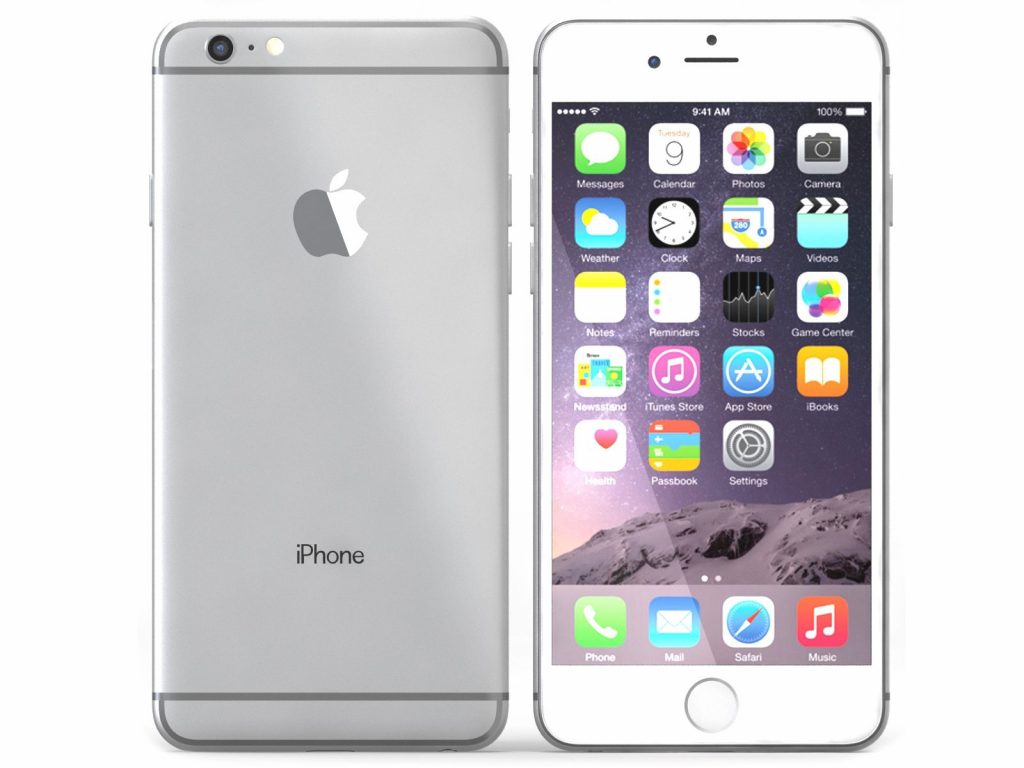The Apple iPhone 6 was number one in the original DxOMark Mobile ranking in 2014 and a significant step forward in terms of image quality compared to the iPhone 5S, despite the new camera’s specifications looking like only a mild improvement over its predecessor. The aperture remained at f/2.2 and the 8MP resolution even dated back to the iPhone 4S. However, the iPhone 6 was Apple’s first smartphone to come with so-called “focus pixels,” Apple’s term for the on-sensor phase detection autofocus that the company claimed was twice as fast as the previous generation. In addition, Apple had improved its multi-frame noise reduction technologies, taking another step forward in terms of low-light image quality.
A panorama mode producing images up to 43MP, 1080p video at 60fps, and a 240 fps slow-motion mode at 720p resolution completes the imaging feature set. The Apple iPhone 6 might have a few years under its belt, but it is still a popular device with many mobile photographers. Read on to find out how it performs under the updated DxOMark Mobile testing protocol.
Please note that for this article we have retested the Apple iPhone 6 with our updated DxOMark Mobile test protocol that includes tests for zoom and bokeh quality, among other improvements. You can still find our more comprehensive original iPhone 6 review from September 2014 here.
Key specifications:
- 1/3-inch 8MP sensor
- f/2.2 aperture
- Phase detection autofocus
- Dual-LED flash
- 1080p video at 60fps
- 1.2MP, f/2.2 front camera
- 4.7-inch display
Test Summary: Still a respectable bright-light performer
For a device from 2014, the iPhone 6 still performs respectably well and delivers very good results in terms of color and flash. Autofocus performance and detail preservation are decent in bright light, but as soon as light levels fall, the iPhone 6 is clearly outclassed by more recent high-end smartphone cameras, with a very noticeable loss of detail and considerably slower autofocus. As you would expect from a single-lens camera without any specialized hardware, scores for zooming and bokeh effect are very low. (After all, the device was not designed to provide those features!)
In video mode, the iPhone delivers good detail in bright light, even by today’s standards, but quickly drops in more challenging low-light conditions. That said, white balance and exposure transitions are smooth and natural, even in difficult light. Stabilization is not as efficient as on the latest devices, and difficult scenes take the iPhone 6 stabilization to its limits.


Pros
- Very good color rendering
- Good highlight detail in high-contrast scenes
- Decent bright light detail in handheld shooting without moving subjects
- Low luminance noise at bright and medium light levels
- Fast and accurate autofocus in bright light
- Well-balanced and well-exposed flash pictures
Pros
- Good exposure and texture in bright light
- Good color rendering in all light conditions
- Smooth and stable autofocus in bright light
- Efficient noise reduction in outdoor conditions
Cons
- Inefficient stabilization
- Limited dynamic range in challenging situations
- Yellowish cast in low light
- Underexposure in low light
- Temporal noise indoors and in low light




DXOMARK encourages its readers to share comments on the articles. To read or post comments, Disqus cookies are required. Change your Cookies Preferences and read more about our Comment Policy.